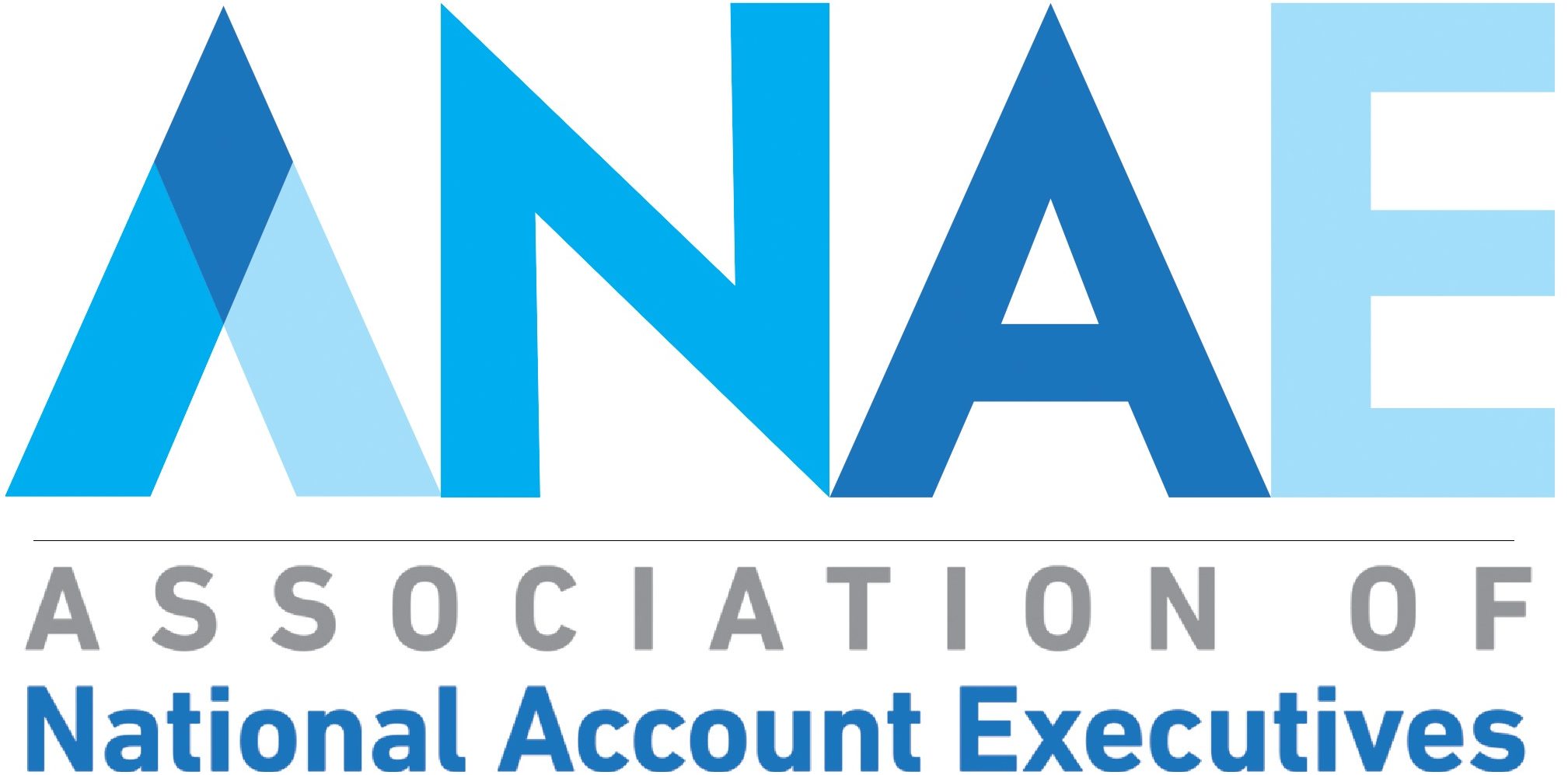This year has seen a surge in health system mergers, as the industry continues to evolve. Of the major healthcare mergers this year, Advocate Health is the fifth largest in non-profit health systems.
During a recent ANAE webinar, John Pritchard, president of ANAE, spoke to Conrad Emmerich, chief procurement officer for Advocate Health, about the merging of Advocate and Aurora, the value of having your own GPOs, and the distribution strategy at Advocate Health.
Forming Advocate Health
Aurora and Advocate merged in 2018, followed by the merger of Advocate Aurora to Atrium Health in 2022, which formally turned into Advocate Health. This organization is made up of 67 hospitals across six states, with over $30 billion in combined annual revenue.
Emmerich said, “With the recent merger, we have two different supply chain departments, two different procurement departments, and two different ERPs. We’re meshing them together and trying to build one really robust and powerful supply chain team.”
The supply chain executive team is made up of a regional supply chain operations leader in the Midwest and the Southeast, who are responsible for moving and stocking supplies and equipment – essentially a logistics team. There is a leader of sourcing that handles the supply of all the purchase services, pharmaceuticals and capital within Advocate Health. The procurement and optimization departments have leaders that ensure that tools like the ERP software are operating correctly to run the supply chain for Advocate Health. Finally, there is a leader who oversees the conversions and deployments of new products or recalls.
The value of having your own GPOs
After the merger, Advocate Health had to navigate the integration of different elements of each organization, especially when it comes to managing relationships with GPOs. Emmerich said, “We’re looking at what’s best to put onto the regional GPO, which we renamed to the Advocate Health Supply Chain Alliance. We’re going through a lot of price parity exercises and getting a lot of contracts to be coterminous with one another so that we can run a sourcing event. That will put us in a position to either standardize or just reduce the number of vendors that we’re using.”
There is an inherent value to having a GPO for your organization, and suppliers may not always understand that. Emmerich said, “You get to a certain point where there’s a combination of size and your ability to move in the market, and, with the combination of those two things, there’s a sweet spot of being able to drive enough volume to negotiate good rates, but also follow through with what you commit you’re going to do to for the suppliers.”
Emmerich feels that Advocate Health, as a $30 billion health system, is in the position to negotiate contracts well and they are able to facilitate a conversation with their end users to decide what types of products they want to use.
Advocate Health’s distribution strategy
Another challenge of this merger is outlining and stabilizing the distribution strategy for Advocate Health. Emmerich said, “Developing our model and our strategy was not a day one necessity for us – we didn’t see that as seeking and bringing as much value as some of the sourcing work was going to bring. Our goal was really to bring value and apply our resources.”
Essentially, Emmerich and his team are content to keep product moving from A to B, but there are plenty of opportunities to standardize any model that they eventually integrate into their daily processes. Emmerich said that his team is looking to find the right strategy and the right model for each region or market.
That flexibility is part of what makes Advocate Health a unique organization. Referring to the shared vision of co-CEOs Jim Skogsbergh and Gene Woods, Emmerich said “Even though there’s multiple states between the regions, I think there is enough trust and vision to lift us up and bring value to a combined organization. There was a leap of faith of faith by our CEOs, but I think they had enough forethought to understand and see what was going to happen when they challenged their teams to come together.”
